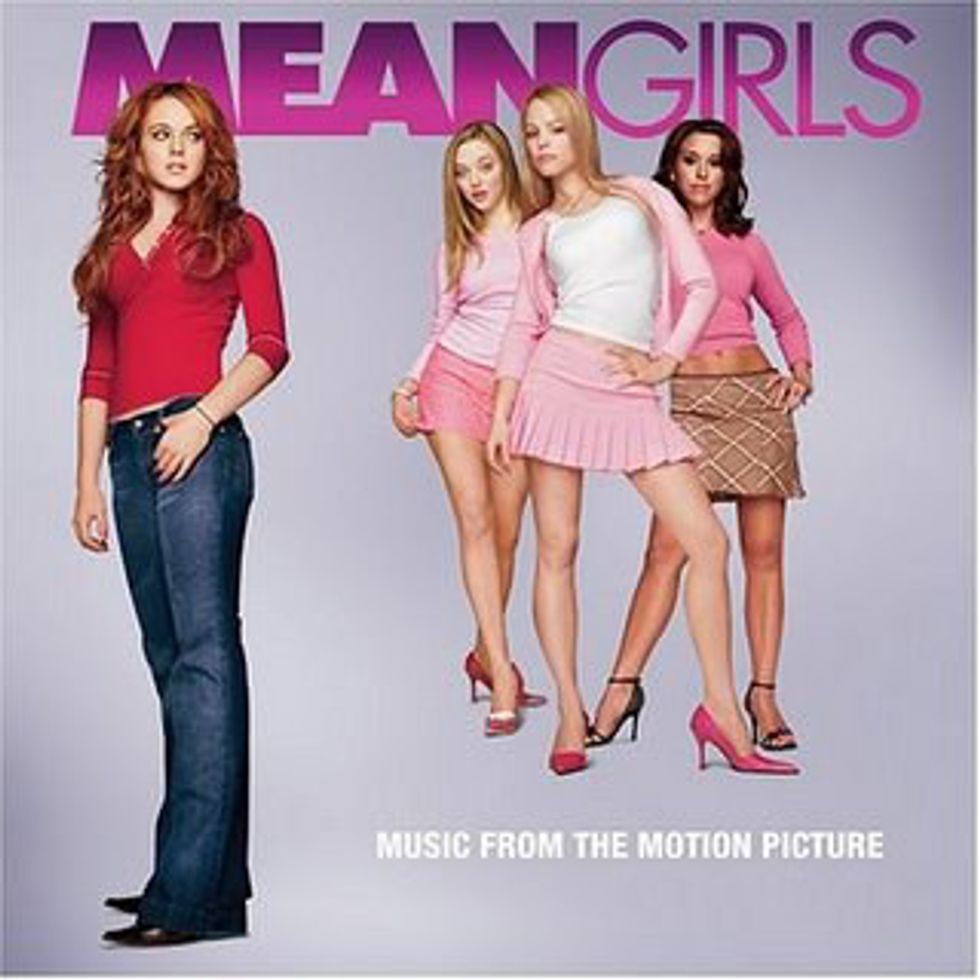Equality, in a political and social term, is defined as “ensuring [that] individuals or groups of individuals are treated fairly and equally and no less favorably, specific to their needs, including areas of race, gender, disability, religion or belief, sexual orientation and age.” (University of Edinburg, Equality & Diversity) According to this definition, America lacks equality to all areas including religious groups, races, and sexual orientation. Inequality has rooted since the rise of America, racial inequality being one of the most prevalent in history. One group that has also struggled to gain equal rights throughout American history is women. Women in history have been defined to be weaker and less capable than men. This ideology about women has created gender inequality. Gender inequality can be defined in different ways by men and women. The perception of gender was socially created, being the label of masculinity and femininity. Many people did not want to change their values and attitudes about women and men and the social structure of society. It was always considered that men were stronger, more powerful and smarter than women. This is what caused gender inequality. The main causes of gender inequality in history include sexism which is the cultural belief of women weakness and the negative stigma of women which ties into the “glass ceiling effect”, the unconscious discrimination against women in the workplace. Groups of men have isolated women as well which discourages women. Less opportunities in education and job experience due to the “glass ceiling effect” has effected minorities and single mothers who try to achieve upward mobility. Not only are women effected by this, but all people who have been discriminated against and even the economy is effected. According to a study, gender inequality has massive negative effects on the economy, drastically costing about 9 trillion dollars for the low participation of women in the workplace (theguardian.com). Gender inequality, especially in the workplace, is a social problem.
A history of the problem
Since the beginning of the colonies in America, family farms created two different spheres of work for women and men. Men, worked on crops and did the hard field labor, while women stayed home, preparing food and clothes for the family. Both women and men had great responsibilities within the family for basic survival. But during the early 17th century, women lacked equal rights to men. As the market economy rose gender roles began to be reconsidered due to the replacement of home goods, that women usually would be in charge of as a family role. The ideology that women had a duty to specifically serve men, as their wives and as their home provider, was called the separate sphere ideology (womenshistory.about.com). This idea about women and men was what established the “proper” gender roles of the late 18th and early 19th century. Women were thought to belong in what is know as the “private” realm which is the more which is the home and family realm. Men were considered to belong in the “public” realm such as the working, political, economic sphere. Women began to reject the traditional ideas of separate spheres. During the late 18th century and early 19th century women activists began to fight for equal rights, including the right to vote and to be able to work along side of men. The Women's Rights Petition to New York State Legislature, in 1854 was an event where women began to fight for equal rights. If women were to get equal rights during the time, people argued that men would be diminished and marginalized. Feminism was created during this time period. Feminism was one of the first movements towards the fight for equal rights for women. The first wave of feminism started during the 1800s through the 1920’s. Women fought for the right to vote, during this time period. The second wave of feminism started during the 1960’s and 1980’s where gender expectations were challenged. Different types of feminists began to be labeled and defined such as lesbians, radicals, liberals, Marxists, essentialists etc. The power of naming these groups of feminists began the structure and definition of different ideals and expectations within society for men and women. Within the third wave of feminism, women began to focus on more local and personal experiences giving voice to local indigenous women, which is the post-feminism phase during the 1980’s. Many people believe that women have already achieved equal rights throughout history, but women are still struggling with hegemony and inequality within the workplace. A gender pay gap, as well as a subconscious discrimination of women, remains, affecting not only the economy but also the balance of power within America.
The Gender Pay Gap
There has not been much progress for women in the workplace since the feminist movement. Women remain seen as a minority to men, and the societal roles placed for each has created a significant issue, which is the gender pay gap. According to The Guardian article, “Economic inequality for Women Costs”, gender inequality in the workplace, especially having a gender pay gap has influenced poverty. The article through UN reports and studies, stated that “women comprise 60% of the world’s working poor, and that only about half of them participate in the labor force. To compound the problem, a 2014 World Bank report shows that, on average, women earn 10%-30% less than men for comparable work.”
Women cannot obtain big positions, and are less likely to become lawyers and doctors. In areas of business and law, if women do achieve these positons, they usually start on smaller salaries then men. According to the International Labor Organization,the“gender pay gaps persist around the world, including in the United States. According to public information collected by the International Trade Union Confederation (ITUC), the global gender pay gap ranges from 3 percent to 51 percent with a global average of 17 percent (ITUC 2009)” (Gender Inequality and Women in the US Labor Force) The socially structured gender roles and expectations has lead a world where men have dominance in the workforce. Men specifically, are ideally seen to have more of a strong suit in leadership positions in the work place leading to some higher salaries to men.
The Concept of Separate Spheres and The Workplace
According to a new report from PayScale, “there are differences in the types of jobs taken by men and women: 8.7% of female lawyers work for non-profit outfits, compared to just 4.5% for male ones” (economist.com). Women have been implied to find specific jobs in society that suit their “feminine abilities”, such as becoming assistants, secretaries, teachers etc. How gender is perceived and interpreted in society have influenced the gender gap to remain in place throughout history. Success is defined differently for women and men, having different abilities and jobs opportunities due to the stance on gender and gender expectations. “Women’s participation in the U.S. labor force climbed during the 1970s and 1980s, reaching 60 percent in 2000. However, in 2010 this figure has declined to 46.7 percent and is not expected to increase by 2018 (DOL 2011)” according to the International Labor Organization. So the fight for women rights remains affecting the way women live because of the declining percentage of women participation in the work force. In the research article, “The Separate Spheres Model of Gendered Inequality” by Andrea L. Miller and Eugene Borgida, collects levels of sexism and discrimination that have spread in the workplace. Many people don’t believe that gender inequality is not a social problem, or don’t even know that gender inequality in the workplace exists. There are two elements, sexism as itself the act of being biased based on cultural beliefs, and justification, excusing and justifying the behaviors and attitudes about and towards women. “The Modern Sexism scale [32] measures the extent to which individuals deny the existence of continuing discrimination against women (e.g., “Society has reached the point where women and men have equal opportunities for achievement.”). Similarly, the Gender System Justification scale [35] measures individuals’ belief that, broadly speaking, gender relations in today’s society are fair and just (e.g., “Most policies relating to gender and the sexual division of labor serve the greater good)” (Separate Spheres Model, p.5). This goes back to the ideals created in history about the separate spheres women and men belong to, having different roles in society and how that idea has become the justification for discrimination.
The Negative Stigma
The problem isn’t that women aren’t capable, the problem is the negative stigma and the subconscious discrimination within society. In fact, 37.1 percent of women at the age of 25 or over have attained at least a bachelor’s degree compared to men at 34.9 percent among those who are employed in the public sector (International Labor Organization). Women even though having high levels of education cannot find jobs, and cannot compete against men. During the Great Recession of 2007-2010, men who lost their jobs experienced a greater recovery compared to women. “One in five women are working part time because they cannot find full time work while at the start of the recession less than one in ten women were doing so. The overall unemployment rate for women is lower than men’s and they are also less likely to be among the long-term unemployed” (International Labor Organization). One idea that was suggested to be the cause or leading factor in why men and women are treated differently in the work force is that women actually prioritize the private realm and family life over the public realm of work. The socially constructed theory stated that women were natural caregivers and that was why women seemed to fit better in the private realm, separating women and men into different work realms and family roles (The Separate Spheres Model, p. 3). “Print media perpetuate the idea that mothers are freely opting out of working, while ignoring the evidence that shows they are being systematically pushed out of the workplace [27–28].”
So women have work ethics and great abilities equal to men, but are still being discriminated by their counter parts and physical appearance. Not only are women discriminated by their physical appearance, they are discriminated due to the idea that women have a reproduction system. Women are still fighting for reproduction rights apart from workplace status and equal treatment. Some groups of women have fought for reproductions such as abortion choice and many women have claimed, during the 19th century, that having that right of choice has decreased birth rate and created better education and economic opportunities for women (economist.com).
Gender Inequality and The Economy
Women are not the only group that are affected by gender inequality, the whole world is affected by discrimination, not taking action to change the social construction of stereotypes and in this case, gender, that is implying that there is no equality for everyone in our society.
Gender inequality is considered a social problem because it affects many people in America, not just women but all minorities that are discriminated against. Gender inequality in the workplace as well, is costing society a lot of money, creating a gap in wealth and distribution. This can be one reason why people don’t want to take action against gender inequality and definitely not in the workplace. Men as a community, do not want more completion in the workplace and the rich as well would agree that the wealth distribution is not bad because they benefit. “The global economy would grow by $28 trillion by 2025 if women participated in the labor force to the same degree as men—a 26% increase and almost equivalent to the combined GDPs of the U.S. and China.” (Times Mag.) Women participation in the workplace is important to have a variety of fresh ideas, create the positive stigma that all people are equal and have the same rights, and to boost economical and political opportunities. The wealth gap and the gender pay gap has costed an estimate of $9tn every year, globally. The global economy is being negatively affected by gender inequality, increasing poverty. (“Economic Inequality for Women Costs”)
Women are currently still on the forefront of fighting against discrimination and biased attitudes in the workplace and overall in society. Women in the workplace are currently battling low pay creating a gender pay gap as well as having less opportunities in the workplace compared to men. The attitudes and behaviors toward women are socially constructed and have become normalized, which is one of the more influential reasons why gender inequality is occurring, and why this social problem has not been resolved.





 Photo by
Photo by  Photo by
Photo by  Photo by
Photo by 



















